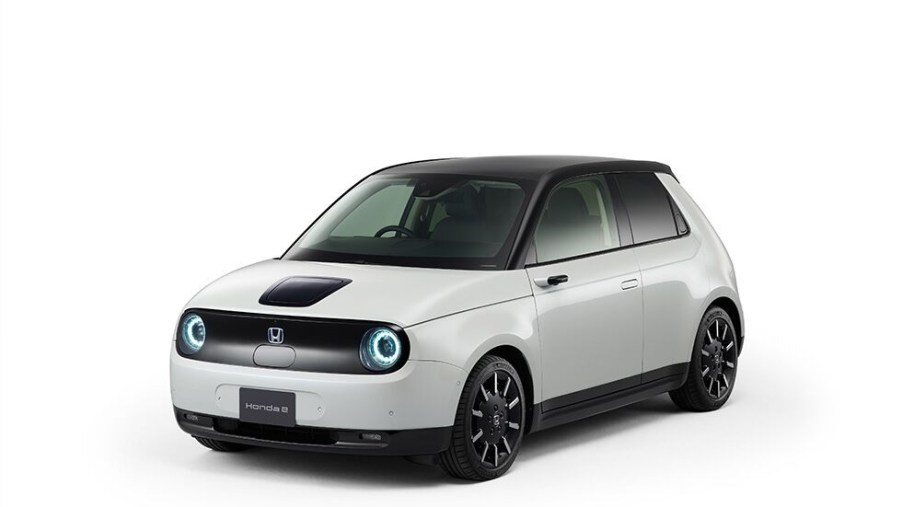
Why You Can’t Just Import the Honda e
There’s a running joke that the US never gets the cool stuff. Overseas, consumers got rides like the Nissan Skyline GT-R, Toyota Mega Cruiser, Mitsubishi Pajero Evolution, and the last of the Celica GT4s. But before US customers can enjoy old-school Japanese vans or Hiluxes, they have to wait 25 years. And these waiting periods are especially frustrating when the vehicle was initially going to show up on our shores. Such is the case with the new electric Honda e.
What is the Honda e?
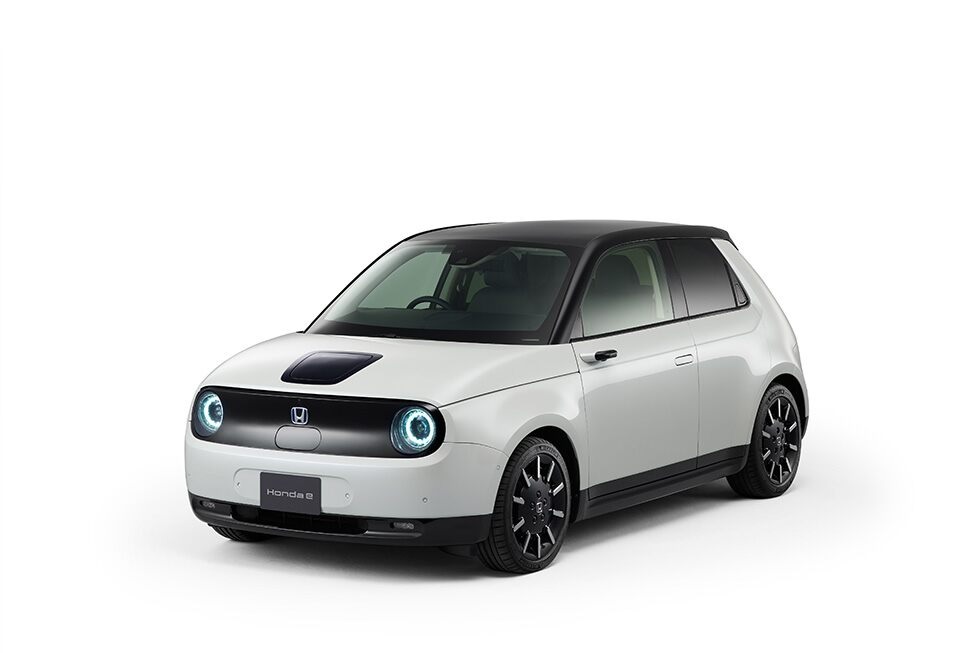
Car and Driver described the Honda e hatchback as an “urban EV.” Which, when you look at the specs, is a fairly accurate description.
As Jalopnik reported, the Honda e is powered by one electric motor, which Roadshow reports is available in two specs: 134 hp or 152 hp. Torque remains the same either way, at 236 lb-ft. And all the power goes to the rear wheels.
It’s not a particularly fast car: 0-62 mph takes roughly 8 seconds. And it ‘only’ has a 35.5-kWh battery, rated for 137 miles on the European testing cycle. But when run on a fast-charger, it can go from 0-80% in 30 minutes, which is Porsche Taycan quick. And its small size and 14.1’ turning radius means it can dart in and out of city traffic.
But by far the most talked-about aspect of the Honda e is its design. Motor Trend called it “irresistibly cute”, with round headlights that recall the Jeep Wrangler and Mercedes G-Class. Also, those side-mirrors? They’re actually cameras, which Top Gear claims reduces drag and wind noise while providing better visibility.
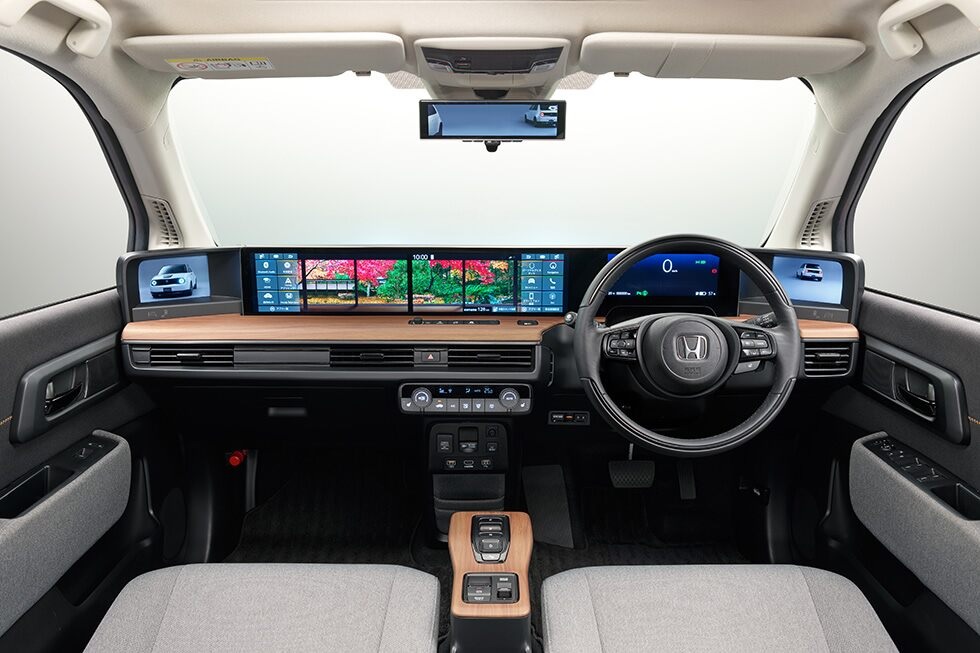
The interior is very screen-heavy. There’s two 6” displays for the cameras, the 8.8” instrument cluster, the rear-view mirror (also a camera/screen), and two 12.3” screens in the center. But they don’t just display things like navigation or Apple CarPlay: you can turn the two center screens into an aquarium. Add in the wood trim and lounge-like seats, and it’s easy to see why many reviewers were enraptured.
Unfortunately, there are no plans to bring the Honda e to the US. At least, not anymore.
Why isn’t the Honda e available in the US?
According to Jalopnik and Roadshow, at the beginning of the Honda e’s development, Honda was planning on selling the small EV in the US. In fact, the project manager, Kohei Hitomi, told Jalopnik that “the US was included in the beginning”, and that he “personally wanted to see it” here.
Unfortunately, Honda was concerned that the e wouldn’t sell here in large-enough numbers. And so, eventually, Hitomi was convinced to abandon development for the American market roughly 3 years ago. But American journalists have been so enthralled with it, that Hitomi ended his interview with Jalopnik saying, “I somehow expect that what we discussed three years ago may be recovered.”
So, there is some vague hope, but, as Car and Driver mused, Honda’s decision to not sell the e in the US does make a lot of sense. US customers don’t buy small cars—they buy SUVs and trucks. Our roads and cities aren’t short on space, and gas is still relatively cheap. Also, the base Honda e retails in the UK for the equivalent of $34,500.
American customers are still range-anxious—though they shouldn’t be—and a small, expensive EV that can only go 137 miles max would likely be a difficult sell. Never mind that most EV owners drive less than that each day, and recharge at night.
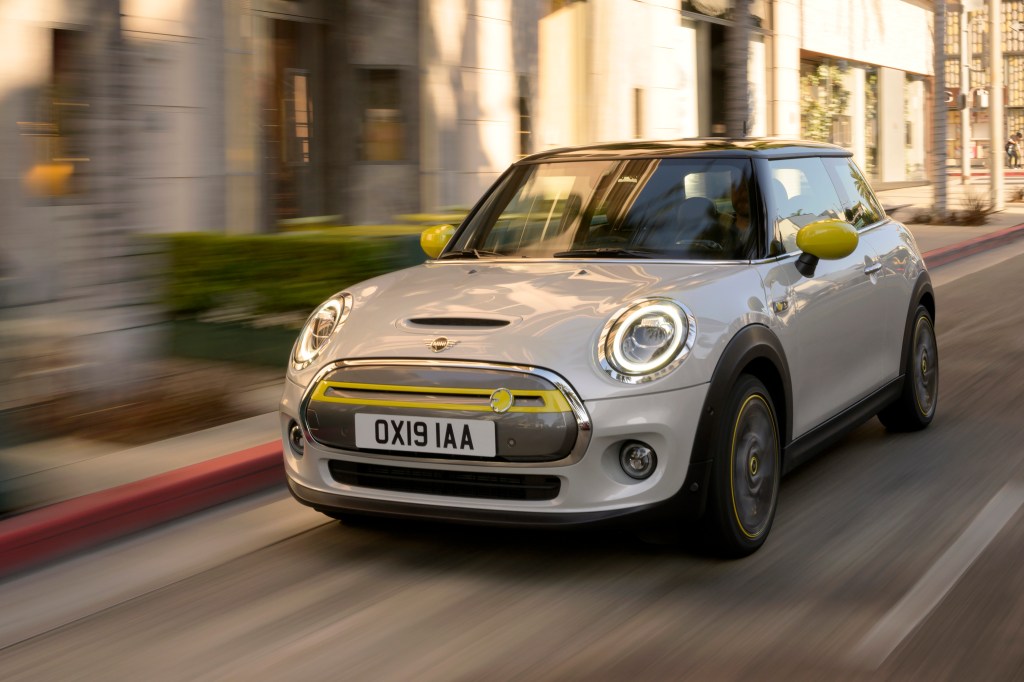
So, what’s the option? Pray that Honda execs change their minds? The electric Mini Cooper SE came over here, after all. Or just wait 25 years? The Honda e’s electric, you may be saying—it’s not like the Ford Ranger Raptor, it doesn’t have to deal with emissions certifications. Or what about what Left Hand Utes does with Australian cars, or what Morgan and Caterham do with their non-crash-worthy sports cars? Isn’t that an option?
Well, it’s complicated.
The problem with trying to import it
First of all, yes, as an EV, the Honda e wouldn’t be subject to EPA emissions regulations. However, it would still be subject to NHTSA crash standards. If Honda did originally intend to sell the e here, it might not be terribly difficult to make it US road-legal. However, as Tesla is finding out, the NHTSA doesn’t allow certain exterior features in the US, which includes side-mounted cameras. Re-designing the Honda e for US regulations would be costly, no doubt. But the alternative solution, a la Left Hand Utes, Morgan, and Caterham, would be even more so.
Left Hand Utes gets around crash test and EPA standards by taking a bare ute body and installing US-spec parts. Basically, the end result is a Pontiac G8 wearing a well-made pickup costume. Honda can’t do that, because the e isn’t similar enough to the Fit or Civic for a conversion. And, as Hemmings reported, getting a vehicle’s electrics to work through such a conversion—especially an EV’s sophisticated system—is a major challenge.
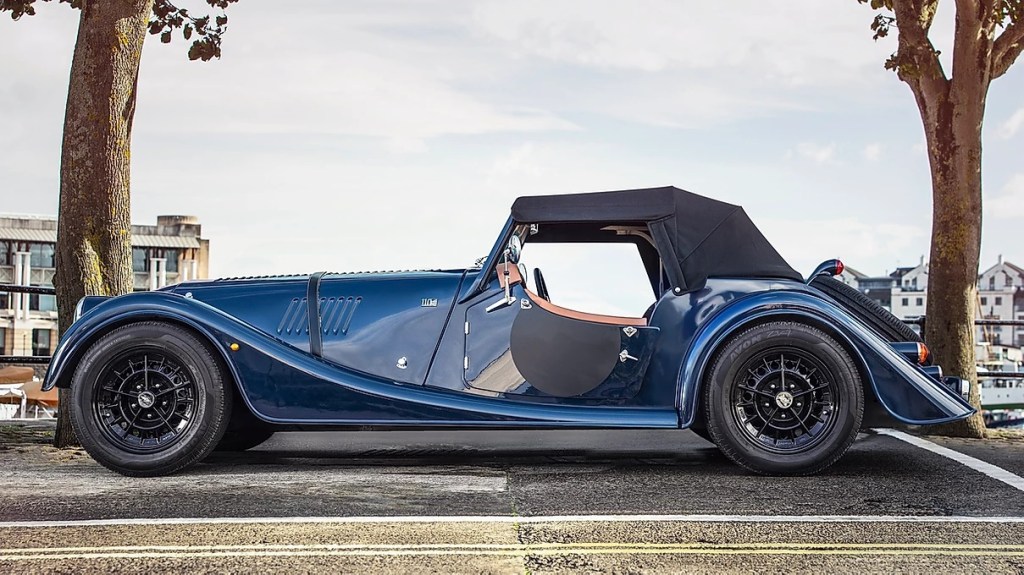
As for Morgan and Caterham, until the Low Volume Manufacturers Act is fully put into law, Hemmings reports the companies are limited to importing maybe 80 cars as ‘rolling chassis.’ Morgan and Caterham send over a finished body, but without an engine or transmission. Those are installed at the dealership. A business approach like this is fine for the British carmakers, because of their low production numbers. But Honda isn’t a low-volume automaker, and making special drivetrain-less EVs for a handful of US customers would make very little financial sense.
So, if you want a Honda e in the US, you either need to hope Honda changes its mind, or settle down for a 25-year wait.
Follow more updates from MotorBiscuit on our Facebook page.


